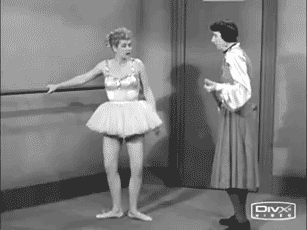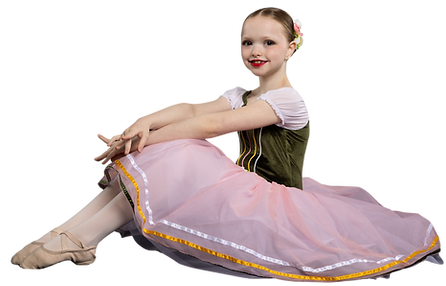7 Ballet Sins
- Principal
- Dec 30, 2020
- 2 min read
When you sign up for ballet classes, your goal is to teach your body how to move gracefully, yet powerfully. However, many ballet dancers fall into the same bad habits, which can affect their performance and even their health.
Here are seven sins of poor dance technique every dancer needs to avoid.

1. Rolling In
Some dancers let their arches roll forward while standing in first position. This strains the tendons of the feet and can lead to injury. Be careful when correcting this mistake. Rather than trying to lift your arches, which can cause ankle tendinitis, open up your hips to transfer your weight through your body, down your legs, and into your feet.
2. Dancing with a Misaligned Spine
Arching your back or hunching your shoulders can have a ripple effect on every part of your body. Tipping the pelvis back or tucking it in is a no-no because this limits the range of motion in your hips. Strive to stand with your tailbone down, your navel muscles lifted, and your neck straight.
3. Pinching Your Shoulder Blades
While ballet dancers should maintain an open chest, you shouldn’t achieve this by pinching your shoulder blades together. This only immobilizes and strains the muscles in your back. Instead, focus on stretching the tips of your shoulders to open up your chest without tightening your back.
4. Over-Tightening Your Muscles
Stiff muscles are prone to injury and pull you off balance. Practice rhythmic breathing to help eliminate unwanted stiffness in your shoulders, hips, and other crucial areas. If you think about sustaining a sense of motion, even when standing still, you can remain stable without tensing up your muscles.
5. Clenching Your Toes
Curled toes make your feet unstable, causing posture problems and unwanted muscle strain throughout your body. Focus on teaching your toes how to work in a careful, deliberate manner. If you struggle to unclench your toes, try weaving a strip of cloth between them before starting barre work,
6. Ignoring Extreme Hyperextension
A moderately hyperextended leg is praised in ballet classes for providing a gorgeous arabesque. However, extreme hyperextension can weaken external rotator muscles, leading to twisted knees and sprained ankles. To avoid this, dancers with natural hyperextension must think about lengthening rather than locking the knee, even if it feels slightly bent.
7. Negative Thinking
While poor physical habits can impede your progress as a dancer, the deadliest sin of all is having a bad attitude. Proper technique begins with positive thinking, which allows you to be present and focused. If a teacher corrects your posture, heed their advice to improve your dance skills even more.
At ACBA, we believe that having proper ballet technique provides a foundation for all dance. If you are making one of these mistake, its okay. Fix it before it becomes a bad habit!







